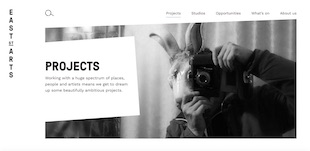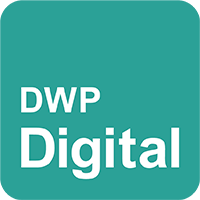It’s estimated that over 100 billion WhatsApp messages are sent each day. Yet, with many people using the platform to communicate with colleagues, friends, and even clients, it’s easy to imagine how the lines between personal and professional can be blurred.
Take the recent leaking of WhatsApp messages from Matt Hancock as an example. Private texts from the former health secretary to government ministers were disclosed to the press; many of which contained the type of language you definitely don’t want exposed. Whilst this a high-profile story, it does demonstrate that even platforms that you may consider to be less formal can still be taken and used in a way they were not originally intended.
WhatsApp in the work communications
What does this mean for these seemingly more informal platforms that are used in the work environment? Is it right for businesses to communicate with customers on WhatsApp or should that be reserved for personal relationships only? What is good practice on these networks and how does it apply to a business scenario?
I, for one, have been guilty of almost sending a client an ‘x’ at the end of a message on WhatsApp. It’s a platform that I use a lot in my personal life, including to communicate with my early 20 something children, so it’s unsurprising that personal habits can easily slip into work communications. But with one view on policy (I sit next to the HR manager at work) and one view on wanting to be the ‘fun’ business partner that our values espouse, treading the fine line between professional and ‘pally’ can be difficult.
What is the right policy to have in place?
Communication on WhatsApp is always going to be more informal than on email but whether you are talking to your clients or your colleagues it is worth remembering that this is still a piece of work communication and should be treated as such. The use of emojis with colleagues might be perfectly acceptable but be considerate of this approach if you happen to be WhatsApp’ing the marketing director of a large multinational corporation. Their response to a winky face might not be the same  .
.
The challenge we have faced, as a business, is that sometimes the client contacts are more responsive on WhatsApp than they are on email and if you are looking for an immediate response to a question then this platform can be much more effective. (And if the client has the settings right you can also see when it has been read!) I believe that the general rule of thumb should be something like this:
- If it’s a client you are communicating with then remember that you are still representing the company. Think about the language you are using and how familiar you are being.
- If you are talking to a colleague then familiarity can be perfectly acceptable but there are still certain types of communication that should be delivered in a more formal manner. Judge each message on its merits and if in doubt … don’t send it!
There is an exception to this general rule of thumb (isn’t there always?). WhatsApp groups where people agree to join can be incredibly useful for the exchange of ideas and to build relationships with people. At Skout we have just launched such a group for our client contacts which is a useful platform for sharing challenges and supporting each other with solutions. It’s a much less formal way of communicating too which means you can also create a fun and lighthearted conversation which may not happen on any other platform.
Unlike Matt Hancock, it is highly unlikely that anyone is ever going to read through our WhatsApp message history or look at the accounts we follow on social media but what his case does make clear is that messages can easily be taken out of context. Guidance to all of our team is to be considerate of your audience and the platform that you are using. Remember who you are talking to and think about whether you would communicate with them in that way on any other platform. With this common sense check in place, we should remain out of hot water and out of the headlines.









